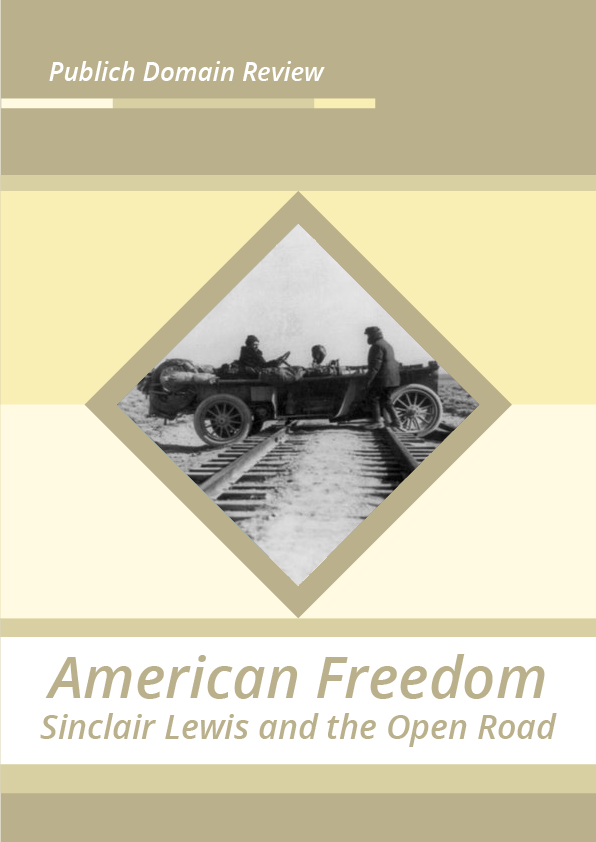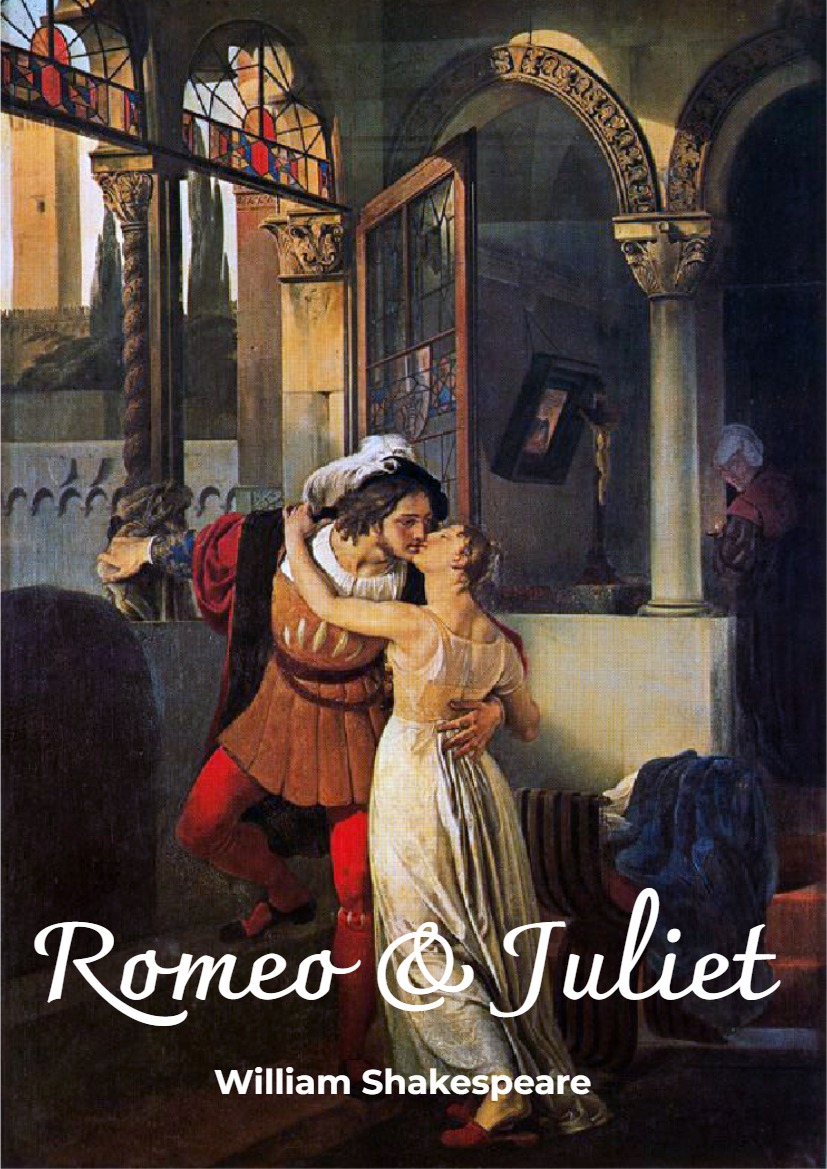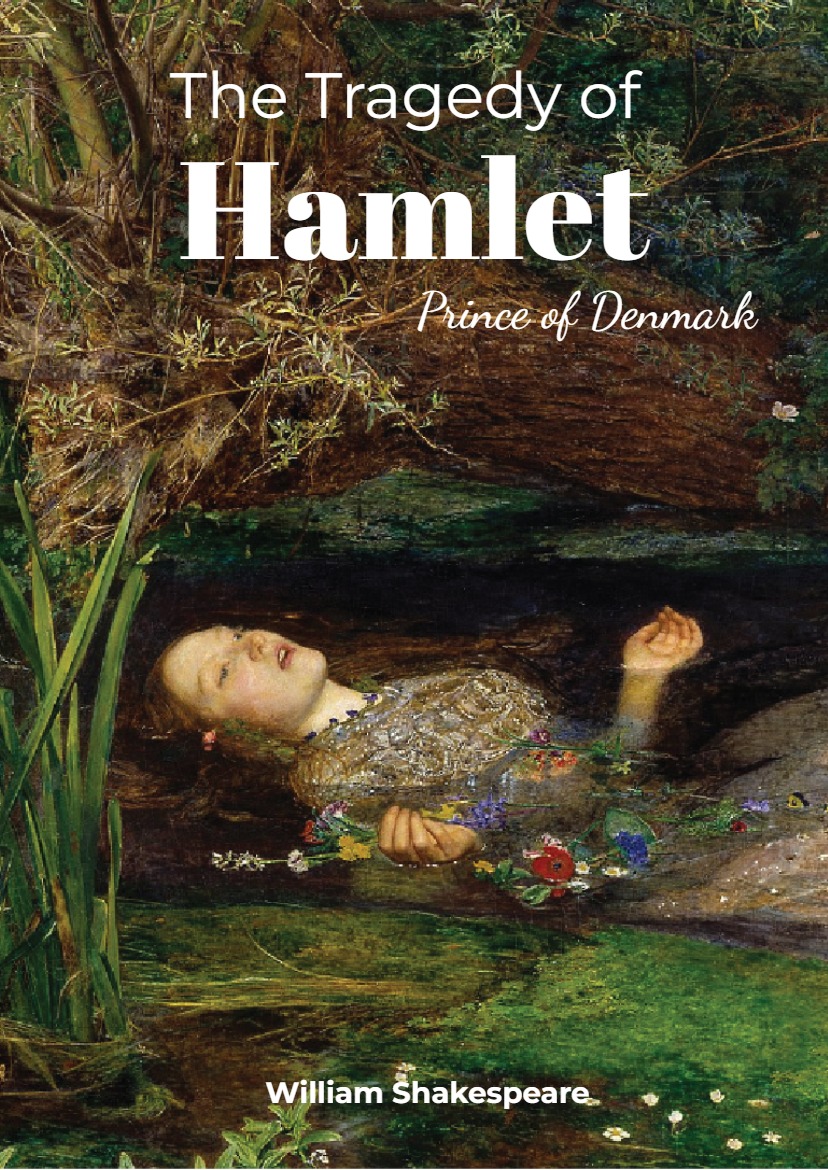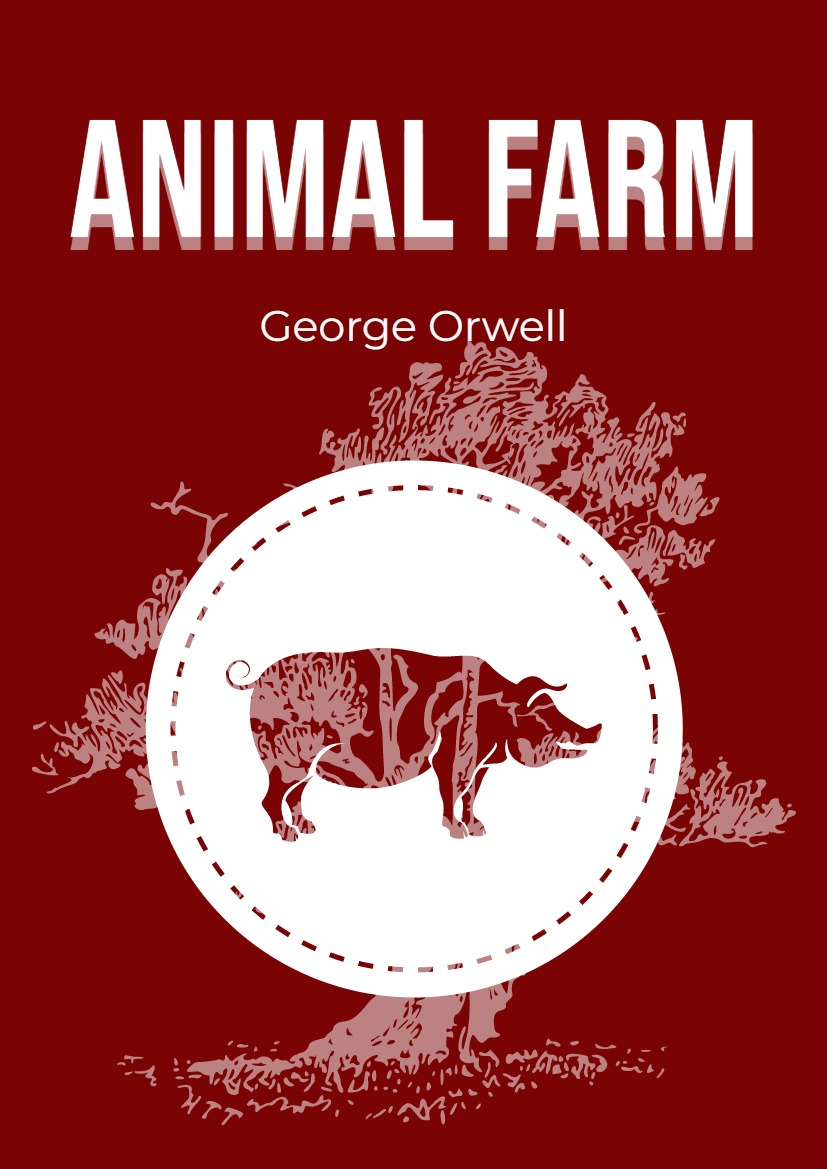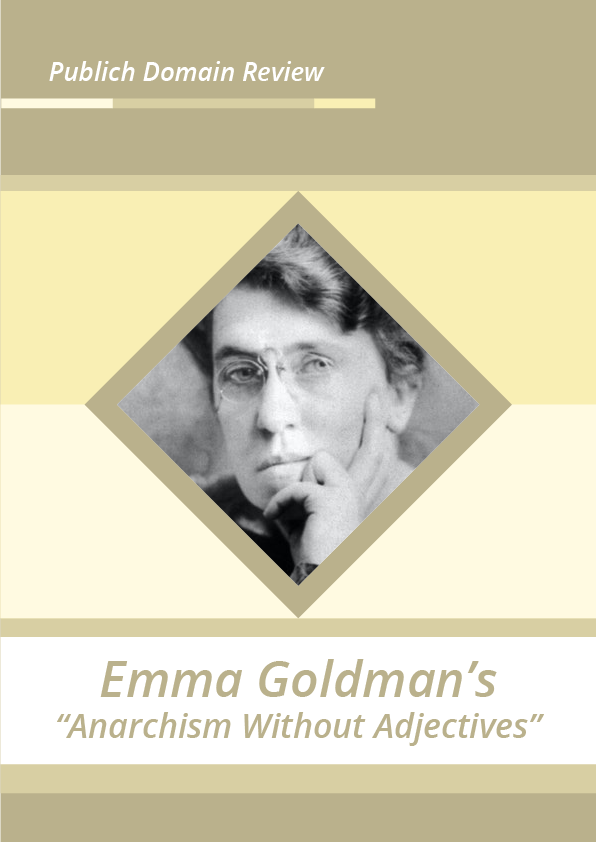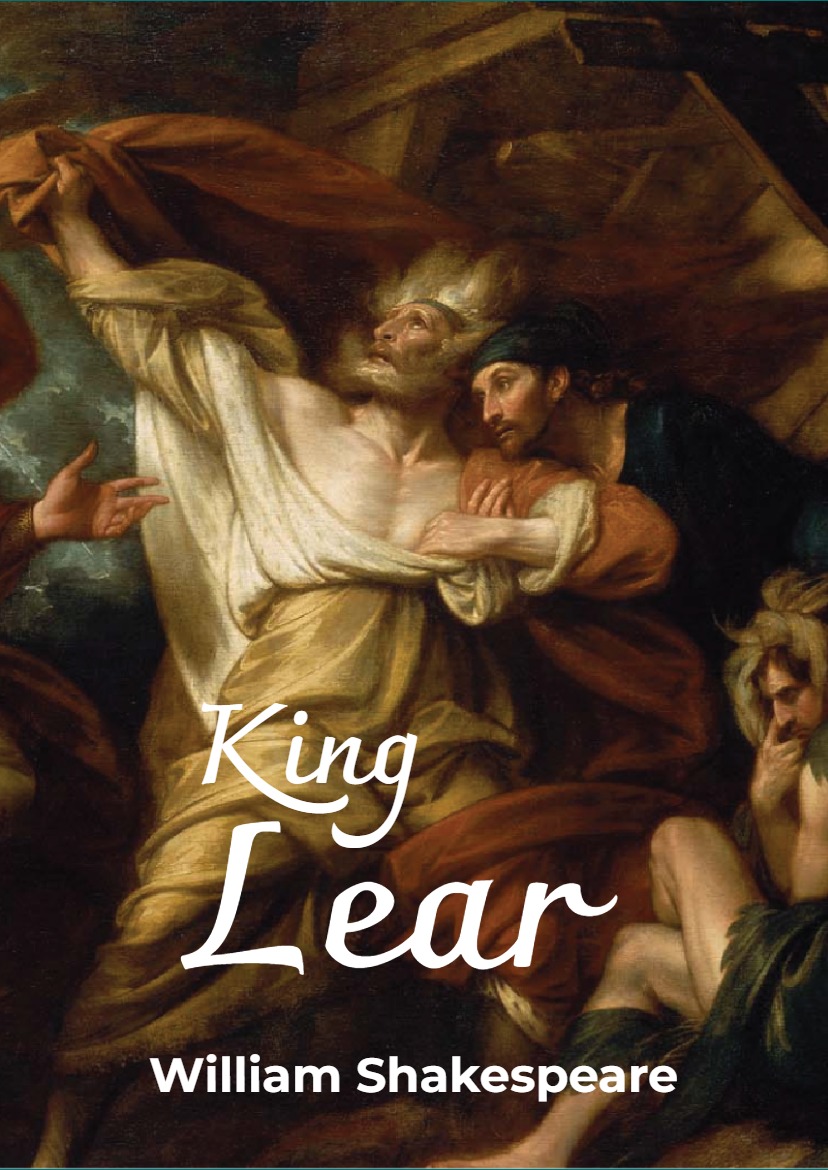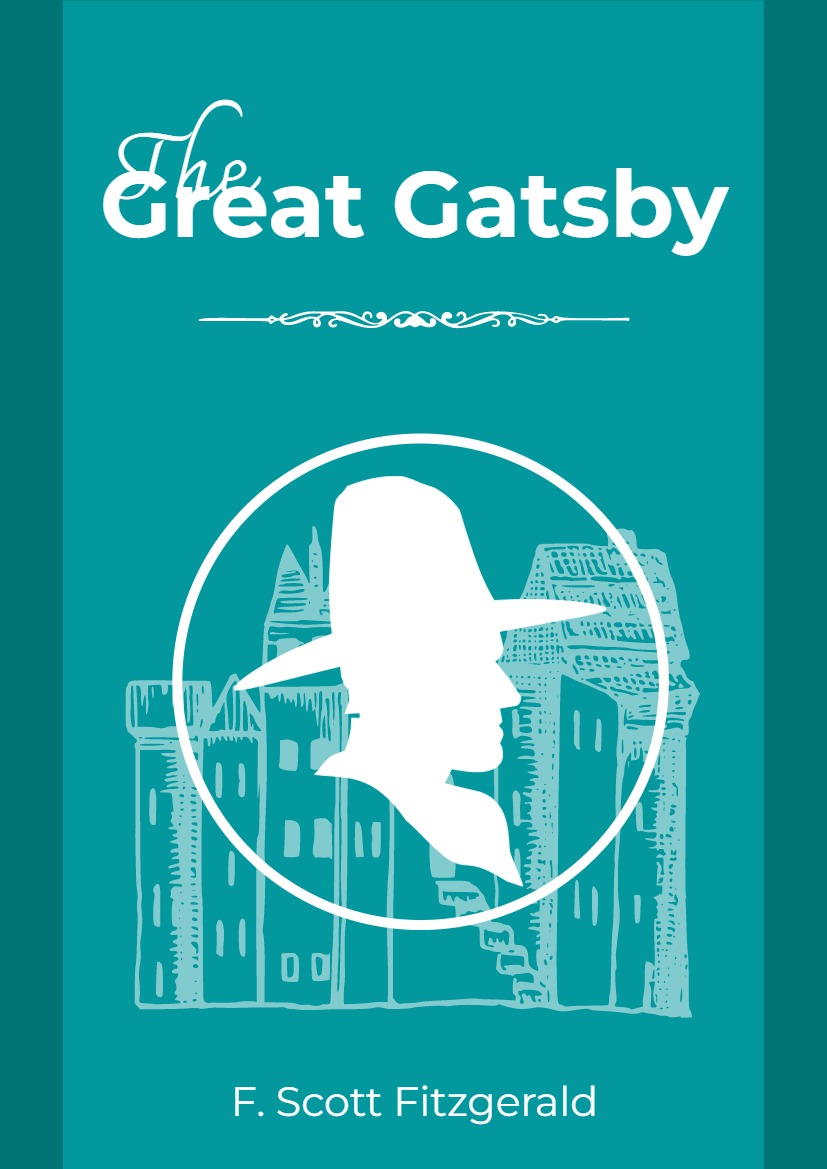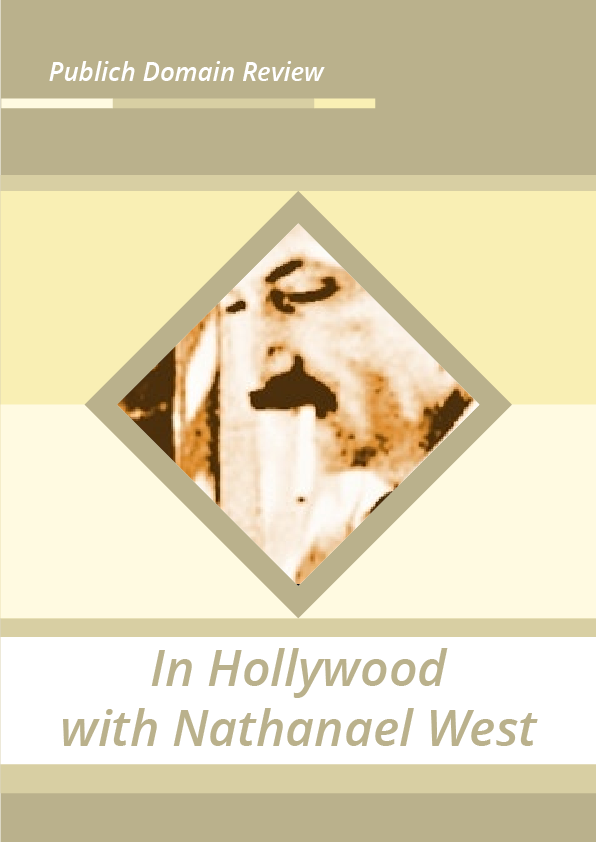Some three decades before Kerouac and friends hit the road, Sinclair Lewis published Free Air, one of the very first novels about an automobile-powered road trip across the United States. Steven Michels looks at the particular vision of freedom espoused in the tale, one echoed throughout Lewis’ oeuvre.
Sinclair Lewis is experiencing a renaissance of late — but not for a reason he would have liked. His 1935 novel, It Can’t Happen Here, depicts an authoritarian American president, whose rise and rhetoric very much resemble the current commander in chief.
Criticized at the time for making American fascism sound too European, Lewis’ prescience is remarkable. Eschewing the conservative fear of moral and cultural relativism, the libertarian fear of a regulatory state, and the progressive fear of economic elites and corporations, Lewis follows Plato in pointing to democracy itself as the cause for the slide to tyranny. It Can’t Happen Here, like The Republic, shows how someone elected to satisfy the severe passions of the mass can quickly run afoul of legal norms and institutions.
Lewis’ most affirmative vision of what he means by freedom is found in his novel Free Air, which was serialized in the Saturday Evening Post in the spring of 1919, the year before Main Street and Babbitt made him a household name. Free Air is the story of two young people, Milt and Claire. Milt is a small-town mechanic and garage owner, and Claire is from Long Island and in the middle of a coast-to-coast trip to Seattle with her father. Like many Northeasterners, Claire believes that the rest of the country is filled with folks who are good but simple. Milt knows better. He had been plotting an escape from its dreary doldrums, but is enthralled with Claire when she comes through town, and he ends up following her and her father on their journey west. Claire quickly falls for the heartiness of the outdoors, even though she sees Milt more like a brother than a romantic partner. “There is an America!” Claire cheers by her tent, after she and Milt forgo her usual hotel. “I’m glad I’ve found it!”
Once they get to their destination, however, they discover that everyone is obsessed with “the View” and ranks houses accordingly. What’s worse is that everyone builds and buys from the assumption that houses ought to resemble the East Coast as much as possible. Milt and Claire were looking for something unique and interesting, but instead find a stale sameness and imitation. The book ends with the couple heading back on an open-ended road trip. It might be, Lewis suggests, the only place where they are unburdened by society and its conventions enough to be together.
Free Air is not kind to the petty and conniving rural dwellers, but Lewis’ most devastating take on small-town life appears in Main Street. Lewis, a product of Sauk Centre, Minnesota, rails against the idea that these remote burgs are the source of all that is good. Rather, they infect their residents with “the village virus”, symptomized by a firm ignorance, self-satisfaction, and general intolerance of anyone who doesn’t look or think like they do. Will Kennicott loves weekend driving, but he never gets too far out of town. All the roads he takes lead him back to Gopher Prairie.
